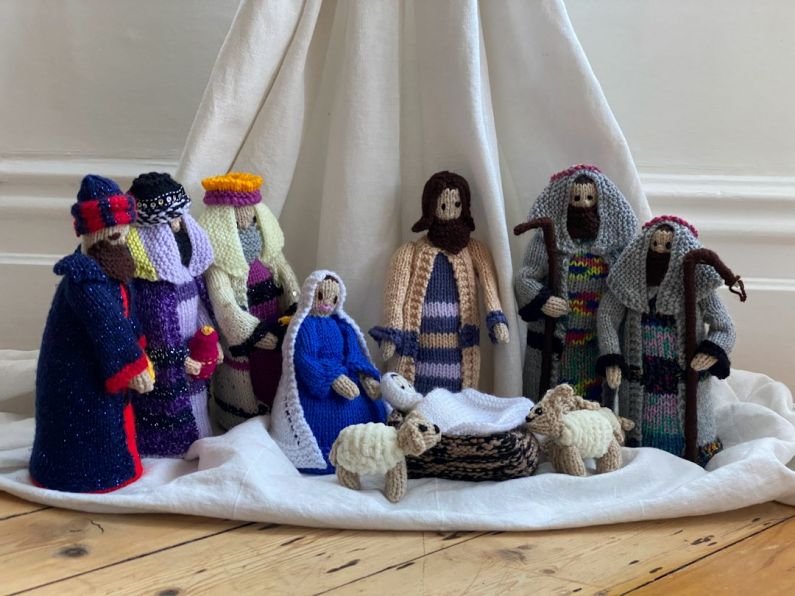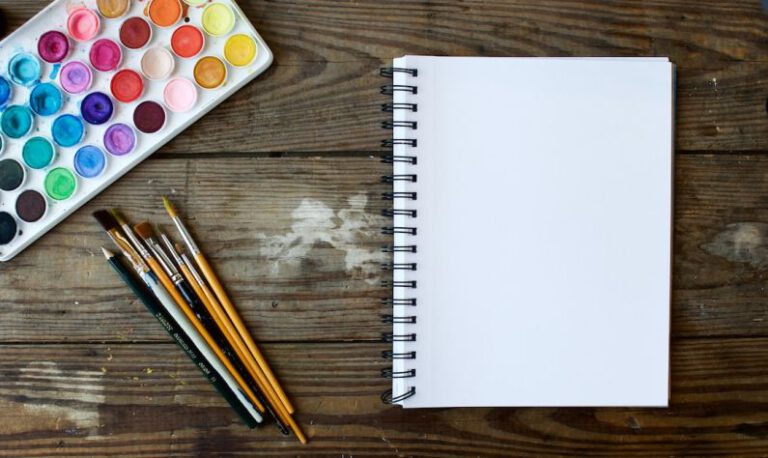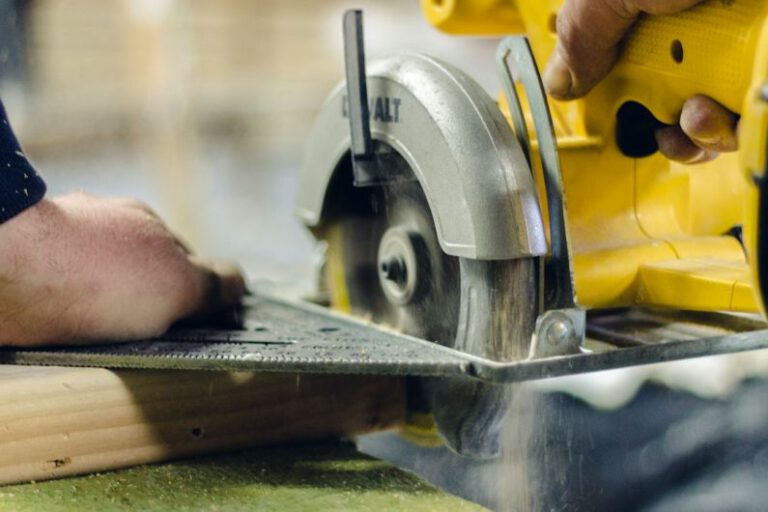How to Start Knitting?
Knitting is a versatile and rewarding craft that allows you to create beautiful and functional items with just a pair of needles and some yarn. Whether you’re a complete beginner or have some basic knitting skills, starting a knitting project can seem overwhelming at first. However, with a little guidance and practice, you’ll soon be on your way to becoming a skilled knitter. In this article, we’ll explore the essential steps to help you get started with knitting.
Choosing the Right Supplies
Before you dive into knitting, it’s important to have the right supplies on hand. Here’s what you’ll need to get started:
1. Yarn: Choose a yarn that is suitable for beginners, such as a medium-weight yarn. Avoid yarns that are too fuzzy or slippery, as they can be more challenging to work with.
2. Needles: Start with a pair of straight knitting needles in a size appropriate for your chosen yarn. The needle size will typically be indicated on the yarn label.
3. Scissors: Having a pair of sharp scissors handy will make it easier to cut yarn as needed.
4. Tapestry Needle: This needle is used for weaving in loose ends and finishing your projects.
Learning the Basic Techniques
Once you have your supplies ready, it’s time to learn the basic knitting techniques. Here are the fundamental steps to get you started:
Casting On: This is how you create the first row of stitches on your needle. There are various casting-on methods, but the long-tail cast-on is commonly used for beginners.
Knit Stitch: The knit stitch is the foundation of knitting. It creates a smooth, V-shaped stitch. Insert the right needle into the first stitch on the left needle, wrap the yarn around the right needle, and pull the loop through the stitch.
Purl Stitch: The purl stitch creates a reverse stitch, which appears like a little bump on the fabric. It is the opposite of the knit stitch. Insert the right needle into the first stitch on the left needle from right to left, wrap the yarn around the right needle, and pull the loop through the stitch.
Practice Makes Perfect
Like any new skill, knitting requires practice to improve. Start with simple projects, such as dishcloths or scarves, to practice your knitting skills. As you gain confidence, you can move on to more complex patterns and projects.
Reading Knitting Patterns
Knitting patterns are a set of instructions that guide you through the steps of creating a specific project. They include information on the yarn, needles, and stitches required, as well as the pattern itself. When starting out, choose patterns labeled as “beginner” or “easy” to build your confidence.
Troubleshooting Common Issues
As a beginner, you may encounter some common knitting issues. Here are a few tips to help troubleshoot these problems:
Tension: Maintaining consistent tension in your knitting is crucial. If your stitches are too tight, try using larger needles or loosening your grip on the yarn. If your stitches are too loose, try using smaller needles or tightening your grip.
Dropped Stitches: Dropped stitches can happen when a stitch slips off the needle accidentally. To fix this, use a crochet hook or your knitting needle to carefully pick up the dropped stitch and place it back on the needle.
Finishing Your Project
Once you’ve completed your knitting project, it’s time to finish it off. This involves binding off or casting off, which creates a finished edge and secures the stitches. Follow the instructions in your pattern or use a basic bind-off method to complete your project.
In conclusion, learning how to start knitting is an exciting journey that allows you to explore your creativity and create beautiful handmade items. By choosing the right supplies, learning the basic techniques, practicing regularly, and troubleshooting common issues, you’ll be well on your way to becoming a skilled knitter. So, grab your needles and yarn, and start your knitting adventure today!






